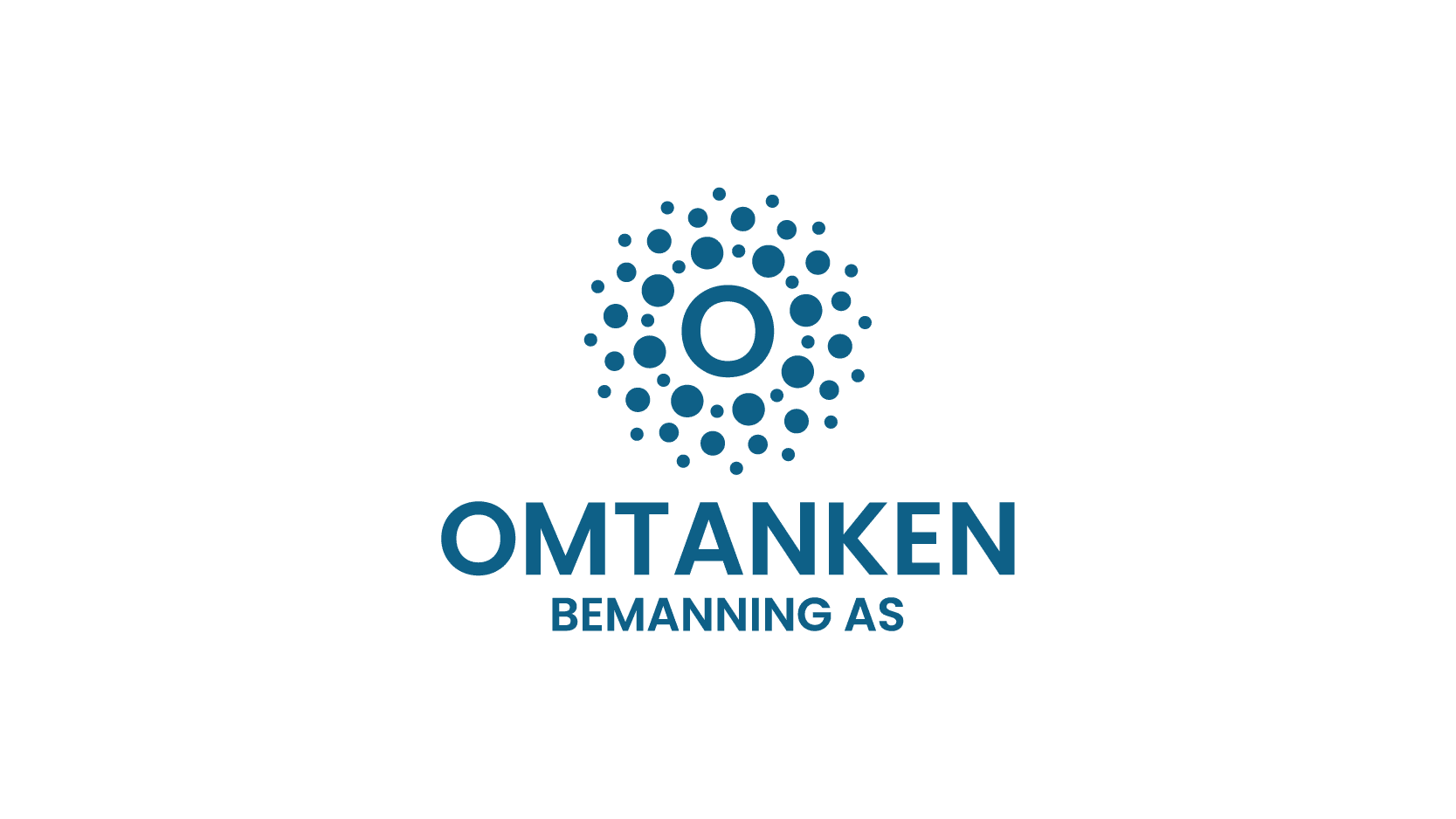What Is Financial Shut Management? A Whole Guide
When making closing entries, the revenue, expense, and dividend account balances are moved to the retained earnings permanent account. If you own a sole proprietorship, you have to close temporary accounts to the owner’s equity instead of retained earnings. Each momentary account (revenues, expenses, dividends/drawings) is reduced to zero by transferring its balance to the appropriate everlasting account utilizing debit and credit entries. A closing entry transfers knowledge from temporary to permanent accounts on an earnings assertion to a balance sheet when the accounting period ends. The permanent accounts in which balances are transferred rely upon the nature of enterprise of the entity.
The last closing entry reduces the amount retained by the amount paid out to buyers. Permanent accounts track activities that stretch past the current accounting interval. They’re housed on the balance sheet, a piece of financial statements that offers traders a sign https://www.online-accounting.net/ of a company’s value including its property and liabilities. Here are a few examples of performing closing entries to have the ability to zero out the earnings statement momentary accounts. As the next accounting period begins, reopen the everlasting accounts by inserting their steadiness to their normal sides. The above closing entries are recorded in each the overall journal and the overall ledger.
- Solely momentary accounts require closing entries as a result of they represent performance measures for a selected timeframe.
- At the core of this suite is the Financial Shut Management solution, which simplifies and accelerates financial shut activities, making certain compliance and lowering errors.
- The review process verifies compliance with related requirements and necessities.
- Finance teams monitor the method timeline using “T-minus” and “T-plus” days.
- This includes itemizing all of a company’s belongings as well as its liabilities.
- A striking 88% of Finance and Shared Providers leaders say their departments need better cross-functional work than ever.
Well, temporary accounts only observe monetary actions for specific timeframes. When you’re using a guide accounting system, an additional step after posting the closing entries is to double-rule all basic ledger accounts. After all income assertion accounts are closed to the revenue and expense abstract account, the latter’s steadiness will determine whether or not there might be web revenue or web loss.
Cash Administration
The team additionally ensures monetary statements meet appropriate requirements like GAAP or IFRS. This detailed examination confirms that monetary data stays dependable and compliant. All accounts offered on the balance sheet, excluding dividends, is permanent.
Step 2: Close Income Accounts
Accounting teams finalize financial records monthly, quarterly, or yearly to maintain stakeholders informed. These stakeholders embody administration, buyers, lenders, and regulatory agencies. Temporary accounts are income statement accounts which are used to trace accounting exercise throughout an accounting period. For instance, the revenues account data the amount of revenues earned throughout an accounting period—not in the course of the lifetime of the corporate.
A enterprise will use closing entries to find a way to reset the steadiness of short-term accounts to zero. Now that we have closed revenue and expenses, we have to transfer the balances from the income abstract to retained earnings. First, you will begin by figuring out the temporary accounts that need to be closed.
Do you want to learn more about debit, credit entries, and tips on how to document your journal entries properly? Then, head over to our guide on journalizing transactions, with definitions and examples for enterprise. The Revenue Summary account, which reflects the online income or loss, is then closed to Retained Earnings (or Capital). This is done by debiting the Income Abstract and crediting Retained Earnings if there’s web income, or vice versa for a web loss. Momentary accounts, also recognized as nominal accounts, are accounts that companies use to build up transactions throughout one accounting period.
Closing entries are posted in the general ledger by transferring all revenue and expense account balances to the revenue abstract account. Then, switch the stability of the earnings abstract account to the retained earnings account. In other words, the closing entry is a technique of constructing repayments on all the prices incurred inside a given financial 12 months.
Closing entries are a fundamental part of accounting, important for resetting temporary accounts and making certain examples of closing entries accurate monetary records for the following period. In this guide, we delve into what closing entries are, together with examples, the method of journalizing and posting them, and their significance in financial close management. Additionally generally recognized as real or stability sheet accounts, these are basic ledger entries that do not close on the finish of an accounting period however are as a substitute carried forward to subsequent durations . Real accounts, also referred to as permanent accounts, are fairly completely different in comparison with their temporary equivalents. They persist from one accounting period to the following and keep their balances over time not like momentary accounts that are closed on the end of the interval.
By following these finest practices and leveraging instruments like Xenett, you probably can take the stress out of closing entries and guarantee your financials are spot-on every time. When it’s time to review the income abstract, Xenett highlights any inconsistencies, offering an additional layer of assurance that everything is accurate before you shut the books. This proactive strategy ensures that your revenue, expenses, and different financials are in sync when you’re ready to close. This course of is essential for keeping my financial records accurate and ready for the next period.
This course of matches transactions and balances to ensure correct accounting information. The staff then makes changes to keep accounting information present, correct, and full. These adjustments often embrace accruing unprocessed expenses, eliminating intercompany transactions, and settling prior-period changes. All momentary accounts with a debit stability, significantly the expense accounts, are credited whereas the income and expense abstract account is debited.

